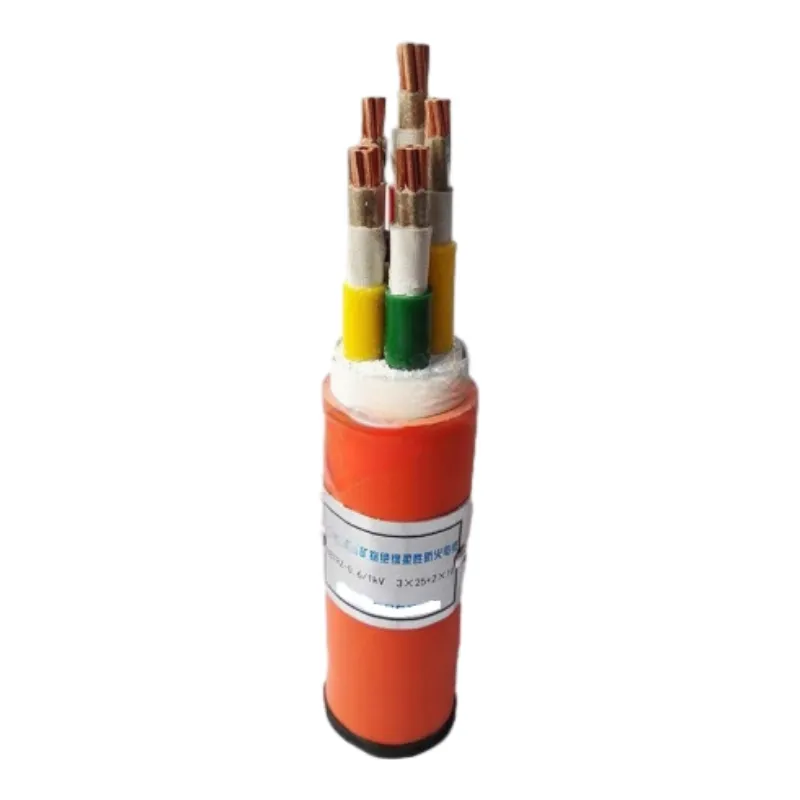Oktoba . 19, 2024 08:52 Back to list
2 Inch Ball Valve Specifications and Features for Efficient Fluid Control Solutions
Understanding 2-Inch Ball Valves A Comprehensive Guide
In industrial and commercial applications, ball valves are widely esteemed for their robust construction, reliability, and efficiency in controlling the flow of liquids and gases. Among various sizes and types of ball valves, the 2-inch ball valve stands out due to its versatility and applicability in a range of settings, from plumbing systems to complex processing plants. This article will explore the key attributes, benefits, applications, and selection criteria for 2-inch ball valves, whilst also highlighting their significance in fluid control systems.
What is a Ball Valve?
A ball valve is a quarter-turn valve that utilizes a spherical disc, or ball, to control the flow of the medium. The ball is perforated in the center to allow fluid to pass through when aligned with the flow direction. When the valve is closed, the ball turns 90 degrees, stopping the flow entirely. The design ensures minimal pressure drop across the valve and enables quick shut-off, making it an essential component in various piping systems.
Key Attributes of a 2-Inch Ball Valve
1. Size and Flow Capacity The 2-inch designation refers to the valve’s nominal size, indicating its diameter and the flow capacity it can handle. Such valves are suitable for medium to large flow rates, effectively managing flow in pipelines where space and efficiency are crucial.
2. Material Options 2-inch ball valves are available in various materials, including stainless steel, brass, PVC, and carbon steel. The material selection depends on the application, considering factors like pressure, temperature, and the type of medium being transported.
3. Design Variations These valves come in different designs, such as full port, reduced port, and trunnion-mounted variants. Full port valves are commonly preferred for their minimal pressure drop and higher flow capacity.
4. Actuation Options While manual lever-operated valves are common, 2-inch ball valves can also be equipped with actuators for automated control. Electric, pneumatic, or hydraulic actuators enable remote operations, improving efficiency in pipeline management.
Benefits of 2-Inch Ball Valves
ball valve 2 inch

2. Ease of Operation Due to their quarter-turn operation, ball valves can be opened or closed quickly, allowing for rapid control of flow without extensive manual effort.
3. Versatility Given their ability to handle various fluids (liquids, gases, and slurries) across different temperatures and pressures, 2-inch ball valves find applications in several industries, including petrochemical, water treatment, food processing, and HVAC systems.
4. Low Maintenance The durable construction and simple design of ball valves contribute to a longer service life and less frequent maintenance, reducing downtime and operational costs.
Applications of 2-Inch Ball Valves
2-inch ball valves are ideal for use in numerous applications. In plumbing systems, they can regulate water flow in residential, commercial, and industrial settings. In the oil and gas industry, they manage the flow of hydrocarbons, while in wastewater treatment plants, they are employed to control the discharge of treated effluents.
Additionally, these valves play a vital role in HVAC systems, controlling the flow of refrigerants, and in chemical handling, where precise flow control is critical for safe and efficient processing.
Selection Criteria for 2-Inch Ball Valves
When choosing a 2-inch ball valve for a specific application, several factors should be considered
- Medium Type Ensure the valve material is compatible with the fluid or gas. - Pressure and Temperature Ratings Choose a valve that can withstand the operational parameters of your system. - Actuation Needs Determine whether manual operation suffices or if automation is required for efficiency. - Seal Type Select the appropriate seal material based on the medium and temperature.
In conclusion, the 2-inch ball valve is a crucial component in numerous fluid control applications, offering unmatched reliability, ease of use, and versatility. Understanding its features and applications empowers engineers and professionals to make informed decisions, ensuring optimal performance in their systems.
Share